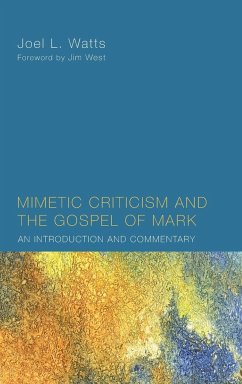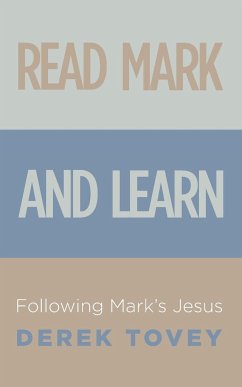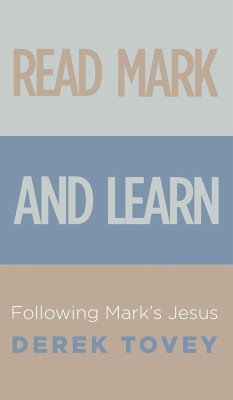Not a reference tool, this unique work is a teaching-learning guide to studying the earliest Gospel. The focus is on showing how rather than on telling what. "Maps" followed by leading questions and statements help both faculty and students to see how the Evangelist adopted and adapted his sacred texts (as well as Jewish and Greco-Roman resources) in light of his convictions about and experience of Jesus. Noticing the dominance of words and themes leads one to discover the primary concerns of the Author and his readers. Observing how St. Mark internally arranged his materials provides a clue as to the kind of work it is and how it was meant to function.
Hinweis: Dieser Artikel kann nur an eine deutsche Lieferadresse ausgeliefert werden.
Hinweis: Dieser Artikel kann nur an eine deutsche Lieferadresse ausgeliefert werden.








